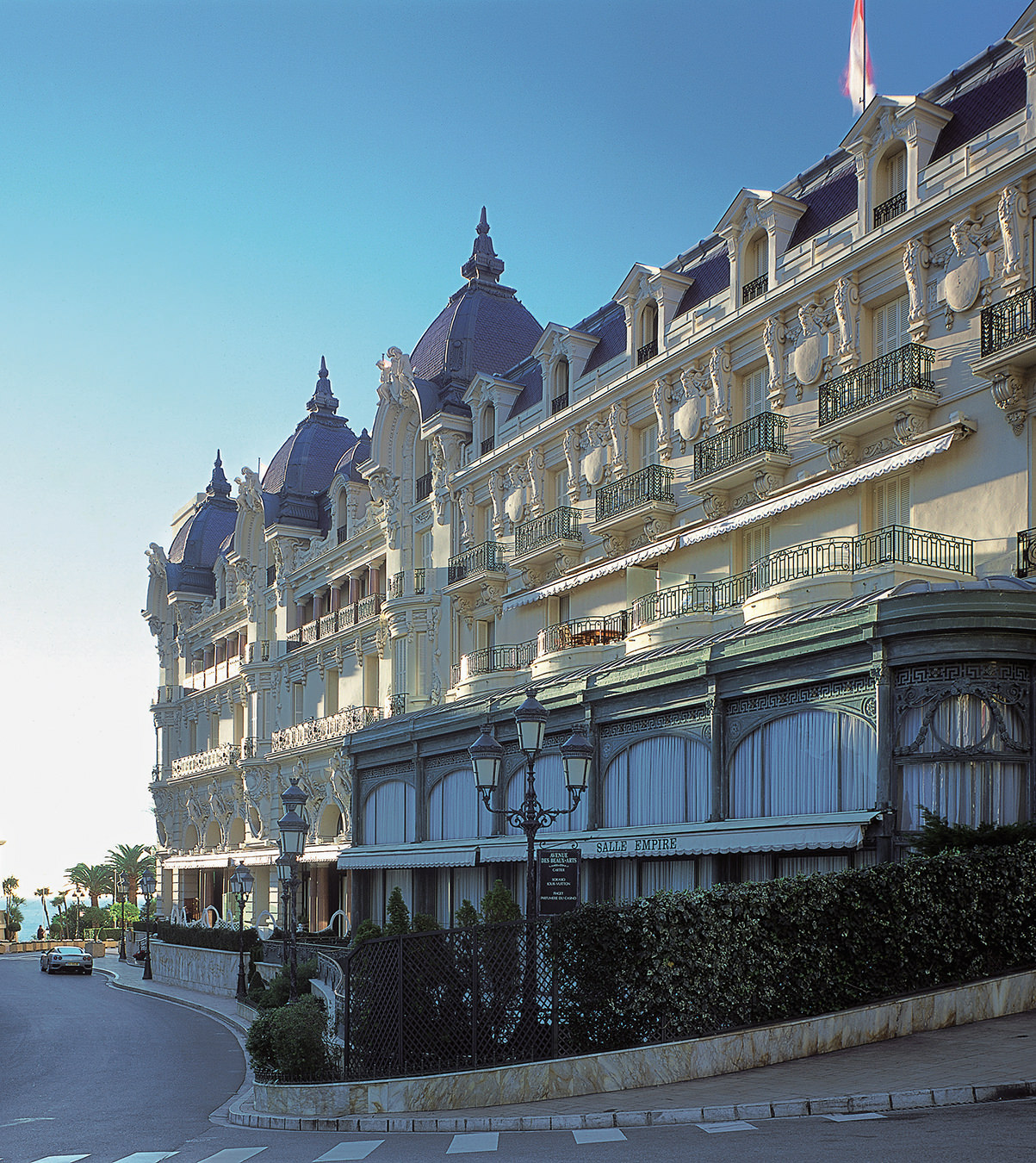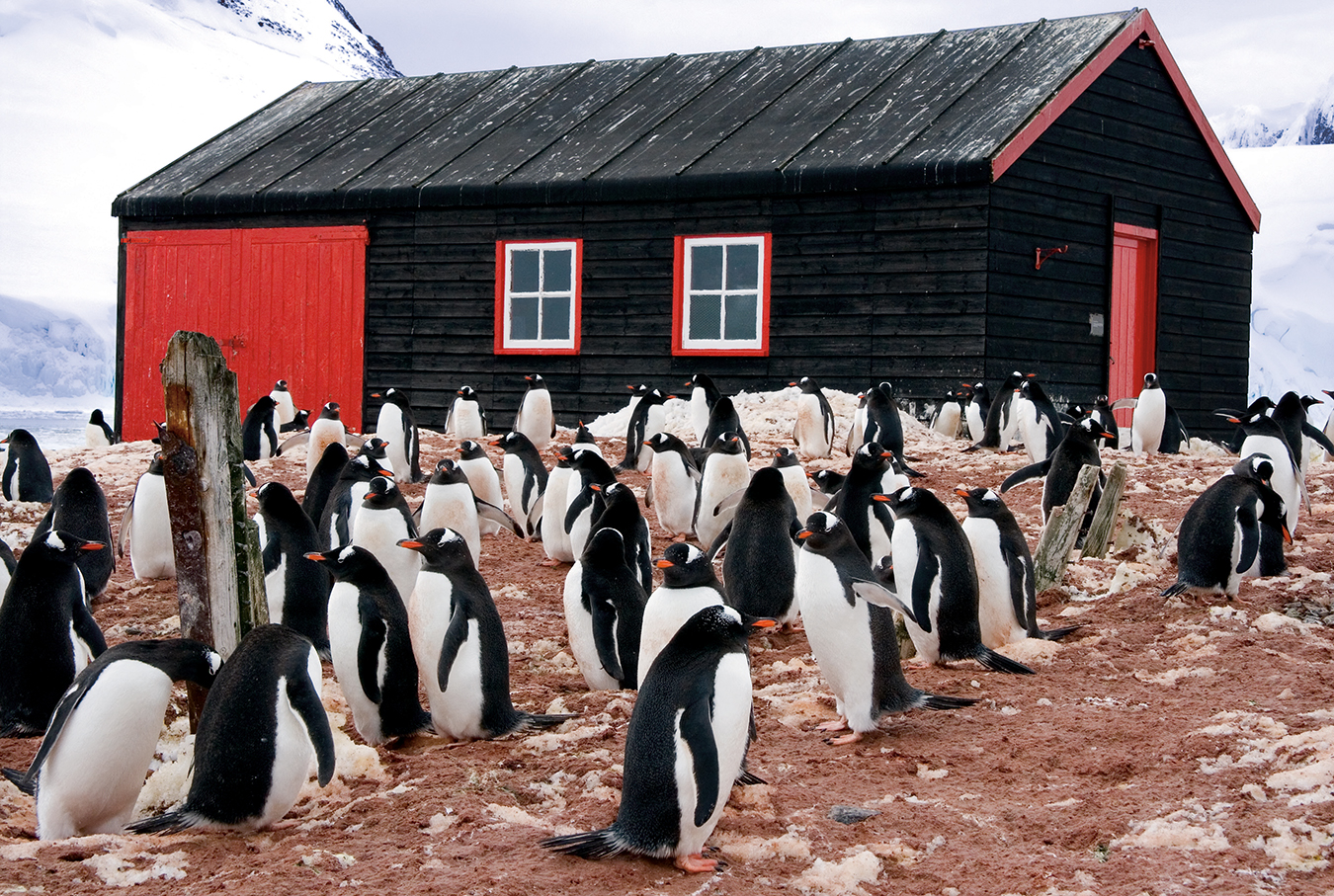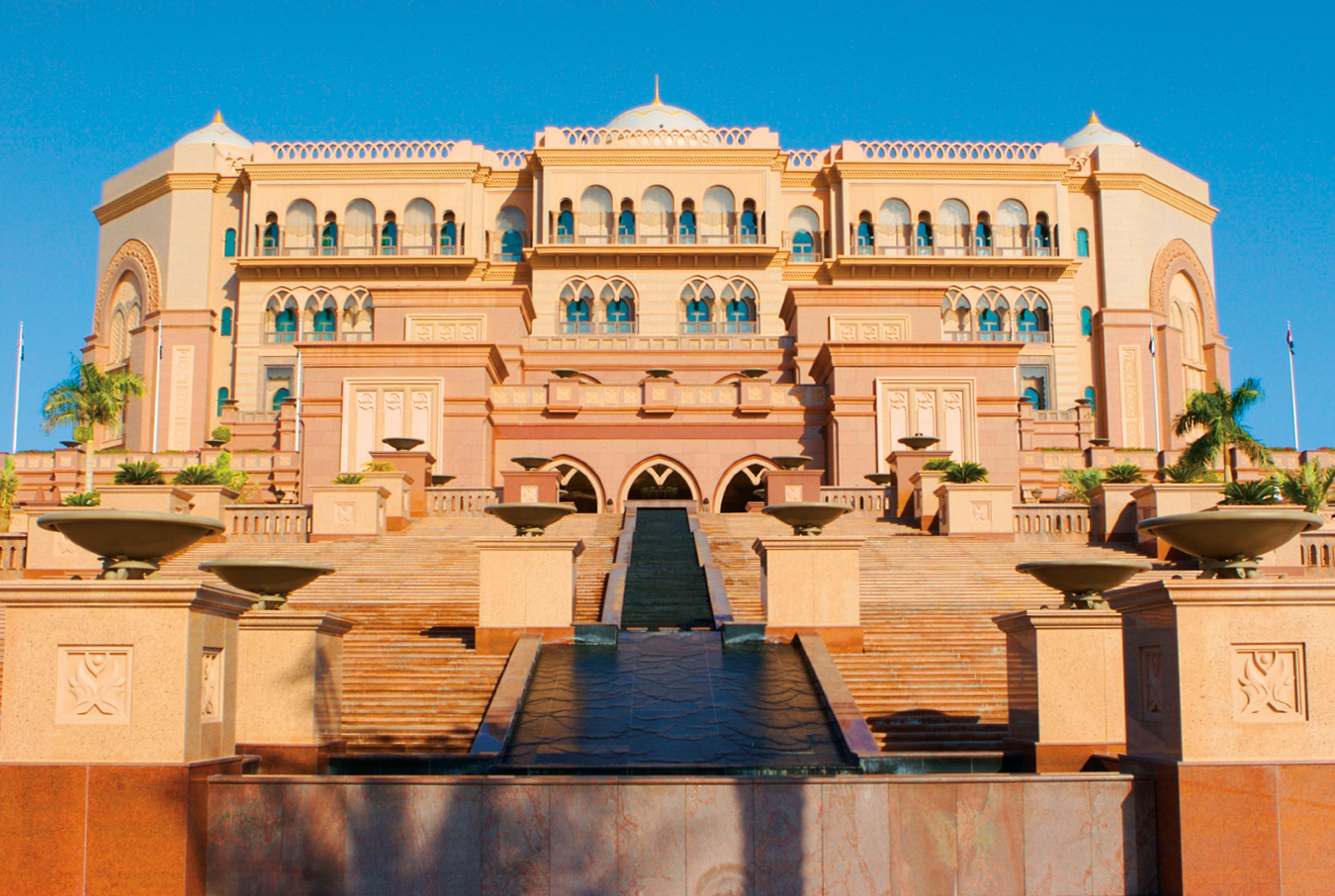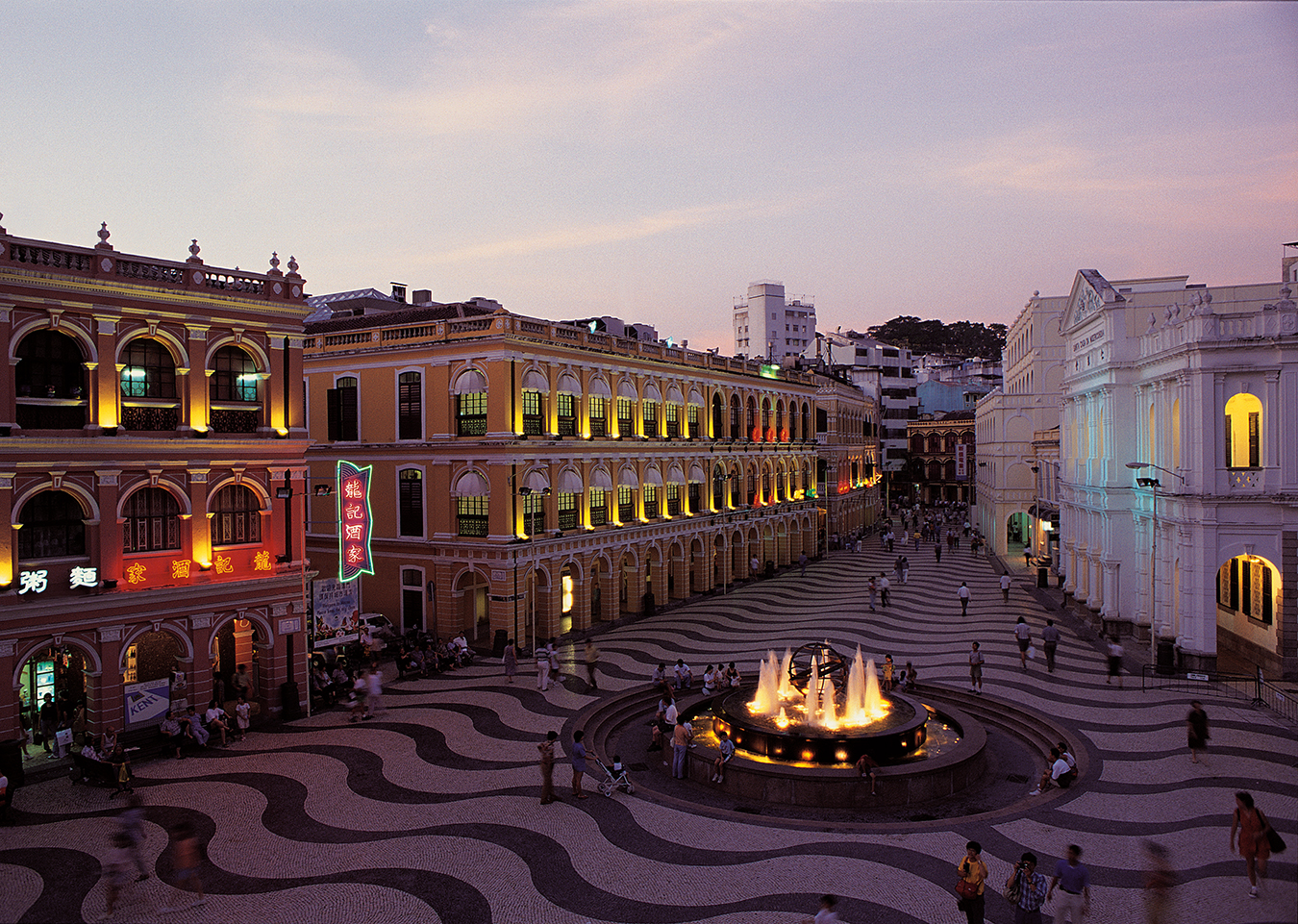Monaco
More than a club.
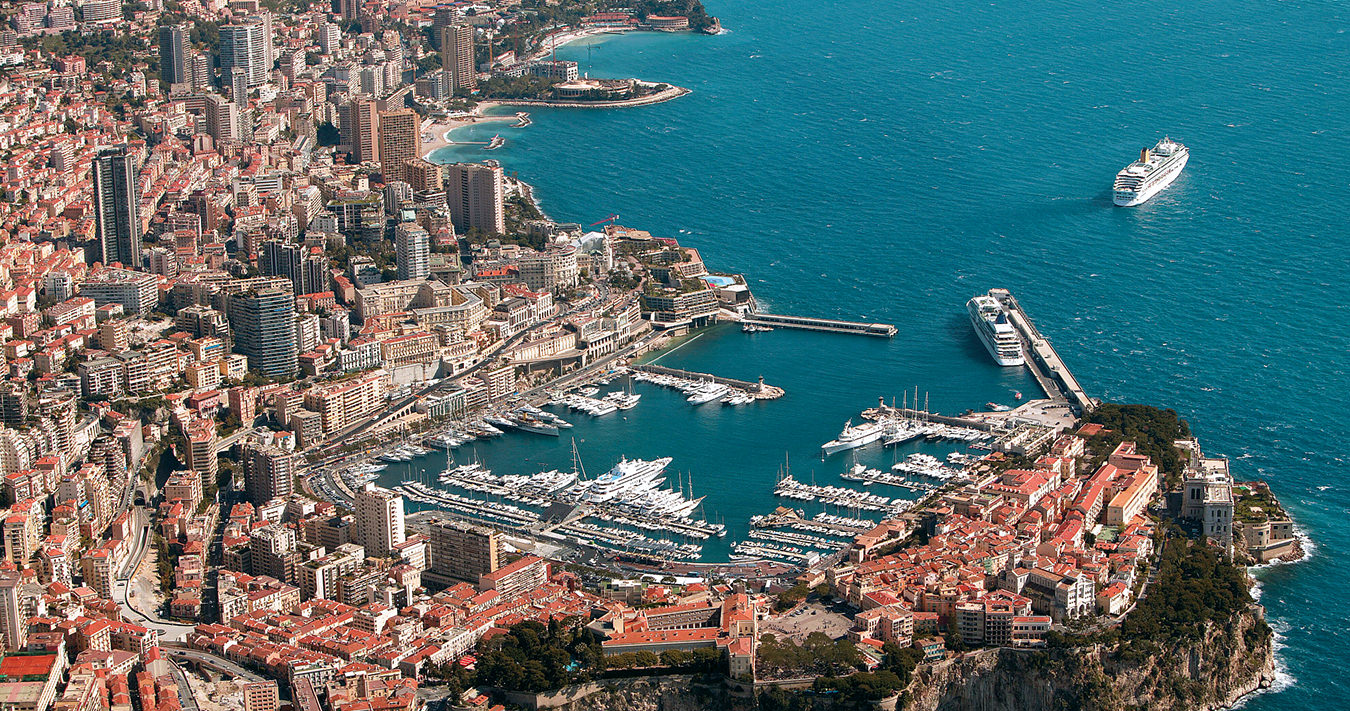
The plane touches down in the Nice Côte d’Azur airport, the approach having provided an almost leisurely look at the shimmering, bright-blue sea and the mountainous coastline. It doesn’t take a whole lot of imagination to understand why this is the hub of one of the most attractive pleasure destinations in the world. Saint Tropez, Cannes, the Italian border and the resort villages located near it, and, of course, Monte Carlo and its own hub, the Principality of Monaco.
Milan is less than a three-hour drive away, and Nice less than an hour, from the heart of Monaco. The villages nearby, such as La Turbie, show clear signs of Roman presence, columns still standing on select hillside perches. And there are hand built churches, some dating from the 10th century, still in regular use, not at all museums but part of the daily round of the region.
The drive from the airport to the Principality is picturesque, and the winding roads, the precipitous drop-offs near the narrow shoulders, can take you easily back to famous scenes in later Hitchcock films, David Niven, cool and improbably alluring to the countless affluent countesses and principessas who cross his path (Niven in fact owned a villa in Monte Carlo for a very long time), Cary Grant making light of a chicken’s anatomy while Grace Kelly pretends to be stern with him in an effort to have dark secrets revealed.
Not that Grace Kelly is a figment of celluloid imagination. She did, famously, marry Prince Rainier, in a ceremony that at the very least rivalled the later vows of Prince Charles and Lady Diana, in its glitz, glitter and, yes, its intrigue. But when you arrive in Monte Carlo, stroll about and walk up the great hill to the centre, to Monaco itself, it all seems to come into focus. Who, after all, would not want to be an active part of such a momentous, historical phenomenon, perched on a mountain that, since it first became a vital seaport and easily defendable vantage point, has maintained, through political wile and official neutrality, its independence as a state.
The Grimaldis, one of whom still rules Monaco, were part of a faction that was expelled from Genoa a millennium ago. Even before then, the harbour and the vantage the Rock had were key attributes which, in combination with some astute relationships and naval prowess, made Monaco the most important fortress of the entire Ligurian coast. One of them, disguised as a monk (who was known as Malavizia, or “the cunning one”), managed to breach the fortress’s security, and Monaco (known even then by its vernacular, “The Rock”), came under Grimaldi rule, which continued virtually without interruption, even through the French Revolution and two World Wars. It has a sworn allegiance to France, but nonetheless retains its independence.
The history, yes, but the physical beauty of the place is grand. Strictly defined, Monaco is the area atop the hill, all steep cliffs and deep water as you peer over any edge but the one walkable ascent. Up there is the Palace, the seat of the government, home to Prince Albert, who ascended the throne at the passing of his father, Rainier.
Monaco bears a “visit-at-least-once” kind of mystique. Monte Carlo, the larger area, is nonetheless fully endowed. The Casino, splendid beyond anything Las Vegas has yet to conjure, full of 100€ minimum-bet blackjack tables, roulette, a few machines, maintains its not-of-this-world charm. The Hôtel de Paris, one of the beacons of ultra-luxury accommodation, sits adjacent, a few steps away. It houses the Louis XV restaurant, a crown jewel not only in Alain Ducasse’s empire, but in haute cuisine generally. There is a lovely slow-rising boulevard directly across, and steps leading down and behind the Casino lead to innumerable art galleries, jewellery boutiques, and every high-fashion brand you can imagine. The other side of the quad has the elegant throwback Café de Paris, established in 1868 and not really looking much different than it did when it opened. And one can rest assured that the service there is virtually identical.
There is a Canadian aspect, too, since the Fairmont Monte Carlo sits atop both the main road and the ocean itself. The famous chicane for the F1 race can be seen directly below many of the suites at this hotel. That explains why one of the suites has been dubbed the “George Lucas” suite, for the director’s long-standing attendance at the race. While the Fairmont does not charge Hôtel de Paris rates (very few in the world do), the suite rates during F1 week run around 15,000€ per night, minimum five nights. You can do the math. Yachts are berthed at various clubs along the shorewalk, provenance such locales as Luxembourg, Georgetown, the Caymans, often coming over from Corsica on day trips. One bright day, a slight chill on the air, round a corner, the sounds of children laughing and mothers chatting comes across the expanse of lawn and concrete. A tower has two loudspeakers attached, and Radiohead’s “There There” is on the box. It is an open-air ice rink, skaters gliding along. Kind of like a sunny winter’s day in Moose Jaw or Parry Sound or Chicoutimi, but then again, not like it at all. Monaco is, in many ways, a long way from home.
Photo courtesy of Tourism Monaco.

